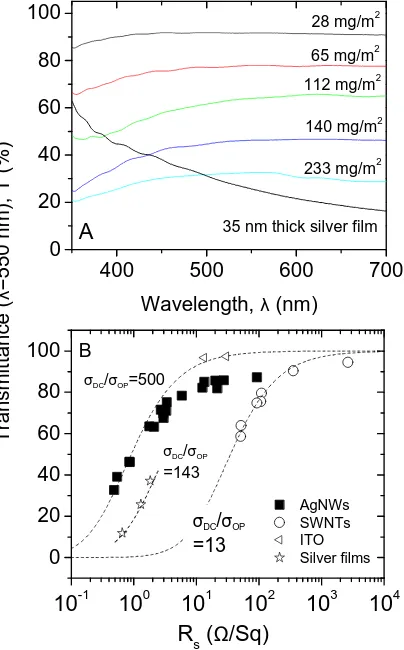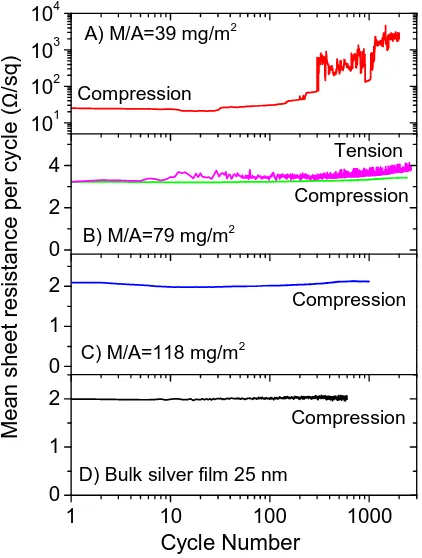Silver Nanowire Networks as Flexible, Transparent, Conducting Films: Extremely High DC to Optical Conductivity Ratios
Full text
Figure




Related documents
Introduction Features Paradigm Format Tools Conclusion The End Extra Alternatives. Alternative
regression analysis indicates that the conditional probability that both parties commit to the coin flip resolution is higher in the Endogenous-Costly treatment than in the
To examine the impact of sample size on the identified hap- lotype structures, we randomly selected 10, 20, 30 and 40 individuals out of 50 African-Americans in population B
Methods: A qualitative research methodology was used with face-to-face, semi-structured interviews of medical students, junior hospital doctors, GP registrars and GP teachers in
Objective: In this systematic literature review, we explored data around the relationship between bipolar disorder and diabetes mellitus in recently published population-based
In order to access the feasibility of a determination of the EoS in 3-flavour QCD with Wilson fermions and SBC, the first crucial issue to be addressed is the computational e ff
AFM cartography shows that deposited vanadium oxide films diffuse into PS structure after annealing samples, which leads to cover the entire silicon nanocrystallites and raise
In November 1997, the Centre for Aboriginal Economic Policy Research (CAEPR) at The Australian National University, in partnership with The Australian Institute of Aboriginal and